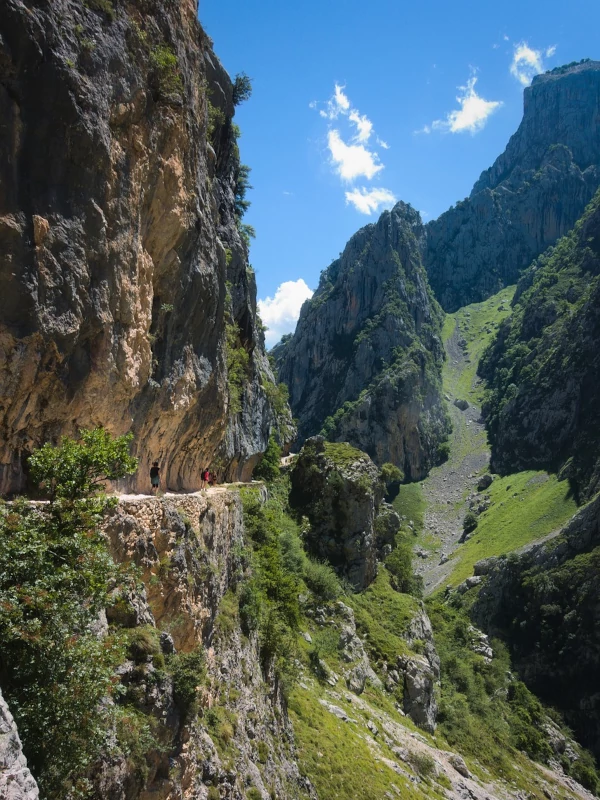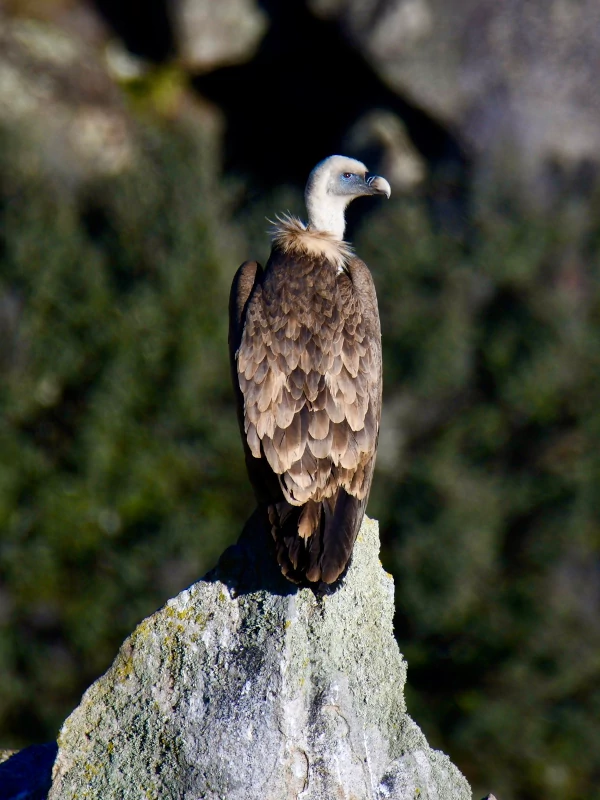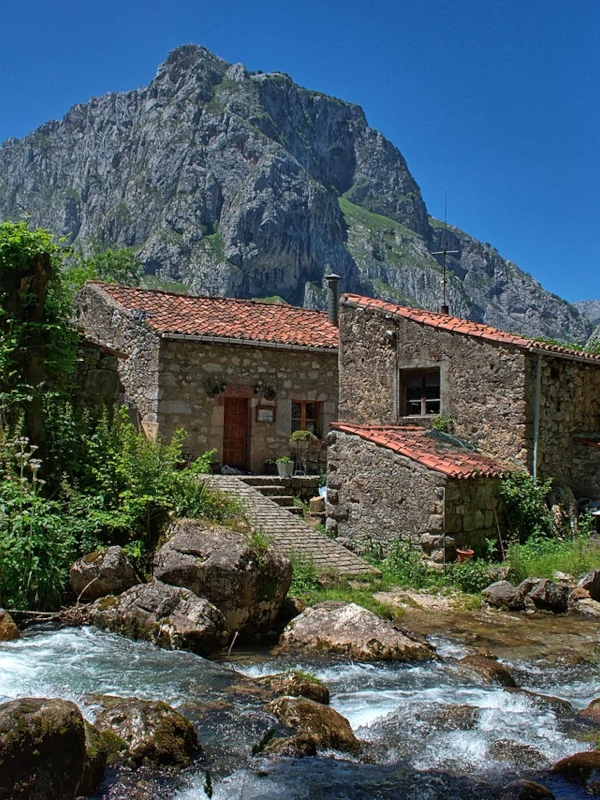The centerpiece of the Picos de Europa is its namesake mountain range, characterized by towering peaks, deep gorges, and breathtaking panoramic views. Among the notable peaks are Torre de Cerredo, Naranjo de Bulnes, and Peña Santa de Castilla, each offering a unique challenge for mountaineers and hikers. The park is also crisscrossed by an extensive network of trails that cater to varying levels of expertise, providing opportunities for both leisurely strolls and challenging treks.
The biodiversity within the Picos de Europa National Park is striking, featuring a rich tapestry of flora and fauna. The diverse ecosystems range from beech and oak forests to high-altitude meadows adorned with wildflowers. The park is home to a variety of wildlife, including the Cantabrian brown bear, wolves, chamois, and a plethora of bird species. Birdwatchers can delight in the presence of golden eagles, griffon vultures, and capercaillies.
Aside from its natural wonders, the Picos de Europa holds cultural significance, with quaint villages dotting the landscape. These charming settlements, such as Bulnes and Sotres, offer a glimpse into the local way of life, featuring traditional architecture, hearty cuisine, and warm hospitality. Whether exploring the high-altitude peaks or immersing in the cultural heritage of the surrounding villages, visitors to the Picos de Europa National Park are treated to an unforgettable experience of Spain's diverse and enchanting landscapes.








